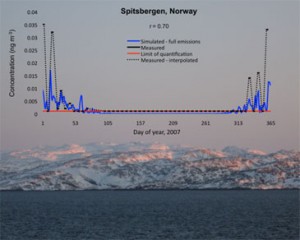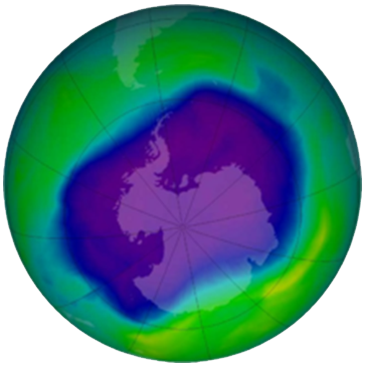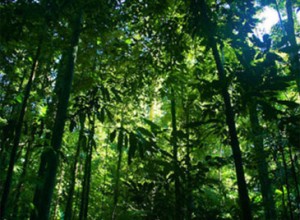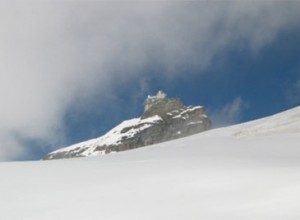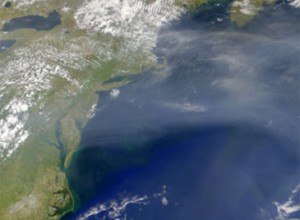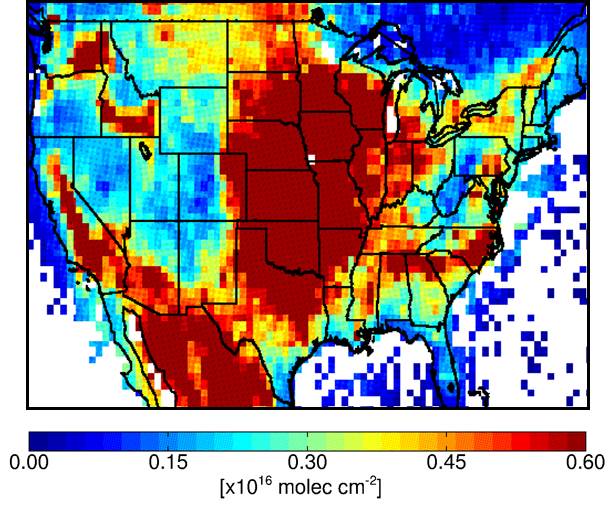Research Spotlight:
Nutrients transported between continents
Recent work in the Heald group has investigated the processes controlling the emissions, export and transport of dust from North Africa more than 3000 km across the Atlantic. The fraction of dust that is ultimately deposited over South America is a critical source of phosphorous to the Amazon, supporting the rainforest’s growth and productivity.
Learn more about the Heald group’s research here.



